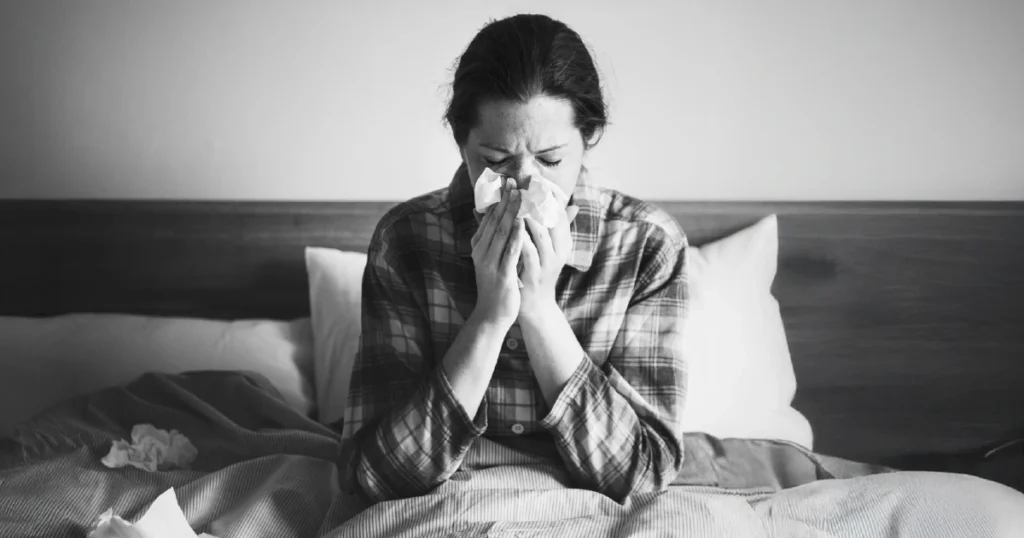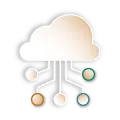Miller Gardner, the 14-year-old son of the retired Yankees player Brett Gardner, died from carbon monoxide poisoning while on vacation in Costa Rica. Here’s why the gas is so dangerous.
Carbon monoxide gas, which is invisible and odorless, can be fatal. It can kill people in their homes as they sleep, seeping undetected from generators. It can accumulate within the walls of closed garages, wafting from cars left running by residents seeking warmth or power in a storm.
On Thursday, another fatality by unintentional carbon monoxide poisoning was confirmed. Miller Gardner, the 14-year-old son of the longtime Yankees player Brett Gardner, died of carbon monoxide poisoning while on vacation with his family in Costa Rica. The authorities said contamination from machinery near their room at their resort could have been to blame.
While it is preventable, carbon monoxide poisoning is a leading cause of poisoning-related deaths in the United States.
Why is carbon monoxide dangerous?
Breathing in carbon monoxide causes the gas to build up in the blood and bind to hemoglobin, a protein in red blood cells that is responsible for transporting oxygen from the lungs to the tissues in the rest of the body.
When carbon monoxide binds to hemoglobin, it “kicks the oxygen off” the protein, and prevents tissues and organs from getting the oxygen they need to function properly, said Dr. Jason Rose, the chief of pulmonary, critical care and sleep medicine at the University of Maryland School of Medicine.
Exposure to carbon monoxide can also lead to inflammation and cellular damage to important organs, namely the heart and brain, said Dr. Anthony Pizon, chief of medical toxicology at the University of Pittsburgh Medical Center, who said he typically treats a couple of patients with carbon monoxide poisoning each month.













